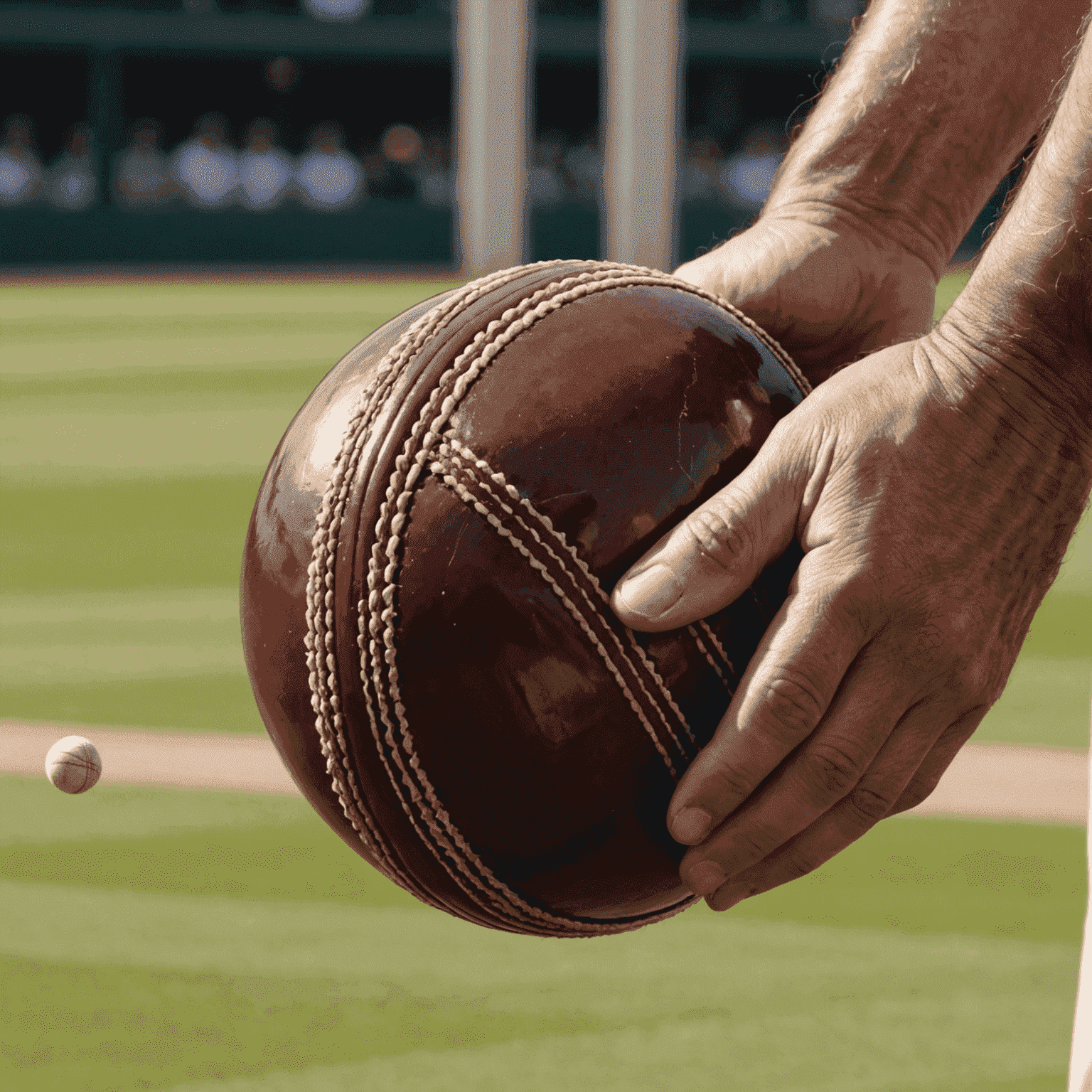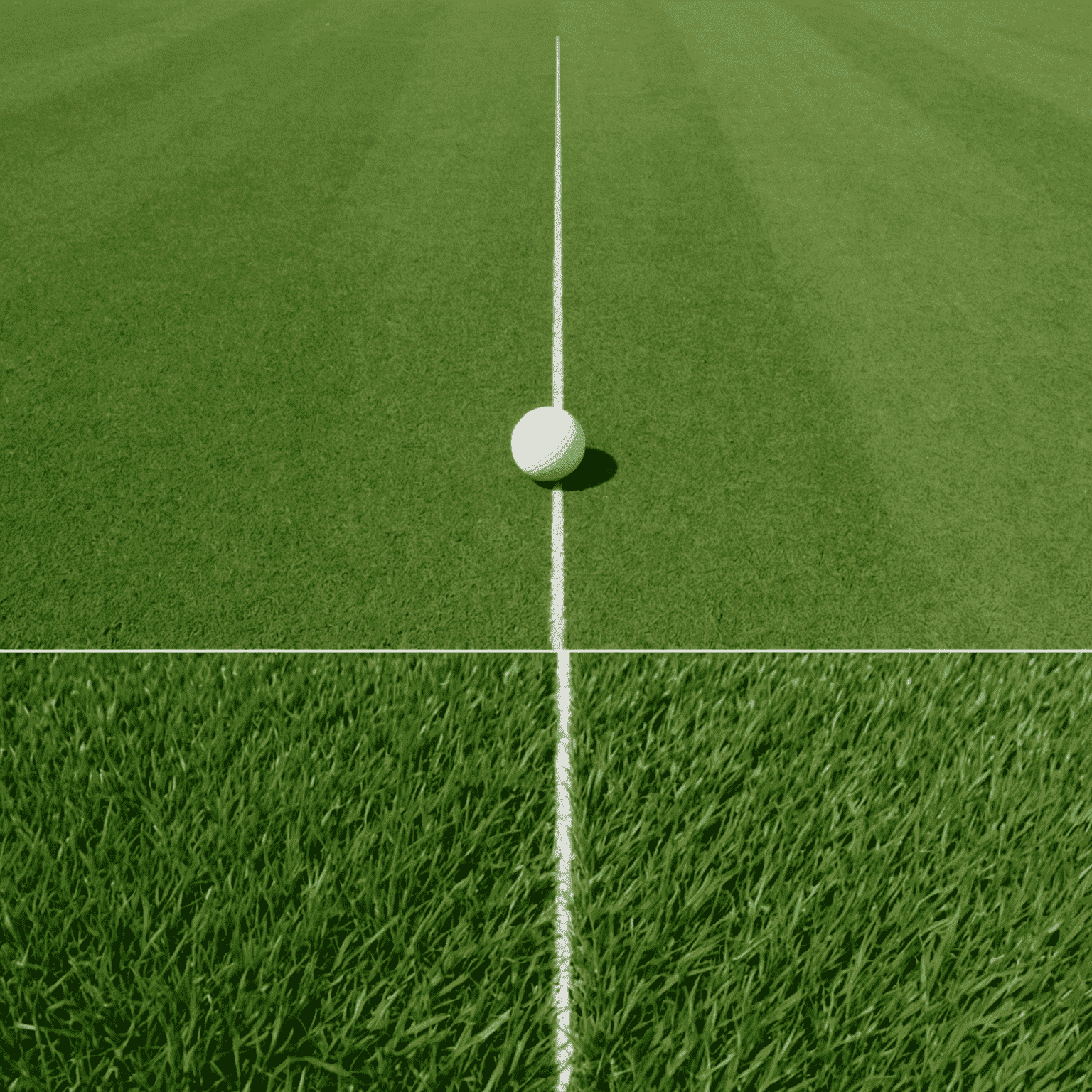Seam Bowling: Precision and Control

Seam bowling is a crucial technique in cricket that relies on the precise positioning of the ball's seam to create movement off the pitch. This article delves into the mechanics of seam bowling, its effectiveness in various pitch conditions, and strategies for success.
The Mechanics of Seam Bowling
Seam bowling involves delivering the ball with the seam upright and angled towards the slips or fine leg. The key aspects of seam bowling mechanics include:
- Grip: The bowler places their index and middle fingers along the seam of the ball.
- Release: The ball is released with a straight arm action, imparting backspin to maintain the seam position.
- Seam angle: The angle of the seam relative to the direction of travel affects the ball's movement off the pitch.
Effectiveness in Different Pitch Conditions
The effectiveness of seam bowling varies depending on pitch conditions:
Hard and Dry Pitches
On hard, dry surfaces, seam bowlers rely on subtle variations in line and length to create doubt in the batsman's mind. The ball may deviate slightly off the seam, making it challenging for batsmen to predict its path.
Green and Moist Pitches
Seam bowling thrives on green, moist pitches. The ball can grip the surface and deviate more significantly, often catching the edge of the bat or hitting the stumps.

Strategies for Success
To master seam bowling and maximize its effectiveness, consider these strategies:
- Consistency in release: Develop a repeatable action to maintain seam position consistently.
- Variations in length: Mix up full and good length deliveries to keep the batsman guessing.
- Use the crease: Bowl from different positions on the crease to create different angles.
- Study the pitch: Analyze the pitch conditions to determine the most effective line and length.
- Practice ball maintenance: Keep one side of the ball shiny to enhance movement through the air.
The Physics Behind Seam Bowling
Understanding the physics of ball movement can help bowlers refine their technique:
- Magnus effect: The backspin imparted on the ball creates a pressure difference, affecting its trajectory.
- Seam angle: The orientation of the seam influences how air flows around the ball, potentially causing deviation.
- Surface interaction: The seam's contact with the pitch can cause the ball to deviate unpredictably.
Conclusion
Seam bowling is a nuanced art that combines precision, control, and an understanding of cricket ball physics. By mastering the mechanics, adapting to pitch conditions, and implementing effective strategies, bowlers can use seam bowling as a potent weapon in their arsenal. As the science behind cricket ball movement continues to evolve, so too will the techniques and strategies employed by seam bowlers around the world.